| Pepper Name | Scoville Heat Units (SHU) |
|---|---|
| Bell Pepper | 0 SHU |
| Poblano | 1,000–2,000 SHU |
| Jalapeño | 2,500–8,000 SHU |
| Serrano | 10,000–23,000 SHU |
| Cayenne | 30,000–50,000 SHU |
| Habanero | 100,000–350,000 SHU |
| Ghost Pepper | 855,000–1,041,427 SHU |
| 7 Pot Douglah | 1,000,000–1,500,000 SHU |
| Trinidad Moruga Scorpion | 1,200,000–2,000,000 SHU |
| Carolina Reaper | 1,400,000–2,200,000 SHU |
What is a Pepper Heat Chart and How Does It Work?
A pepper heat chart is a scientific measurement tool that quantifies the spiciness of chili peppers using the Scoville Heat Units (SHU) scale. Developed in 1912 by pharmacist Wilbur Scoville, this scale measures capsaicin concentration — the compound responsible for the burning sensation in peppers. Understanding this chart helps you select peppers that match your heat tolerance and culinary needs.
Top 5 Spiciest Peppers in the World (Accurate SHU Ratings)
- Carolina Reaper: 1,400,000–2,200,000 SHU — Currently holds the Guinness World Record for hottest pepper. Extreme heat requires careful handling.
- Trinidad Moruga Scorpion: 1,200,000–2,000,000 SHU — Intense heat with fruity flavor notes. Commonly used in hot sauces.
- 7 Pot Douglah: 1,000,000–1,500,000 SHU — Known for its complex flavor profile and extreme heat that builds slowly.
- Ghost Pepper (Bhut Jolokia): 855,000–1,041,427 SHU — Originated in Northeast India, famous for its intense heat and smoky flavor.
- Naga Viper: 1,349,000 SHU — Developed in the UK, this pepper combines heat with a sweet, fruity taste.
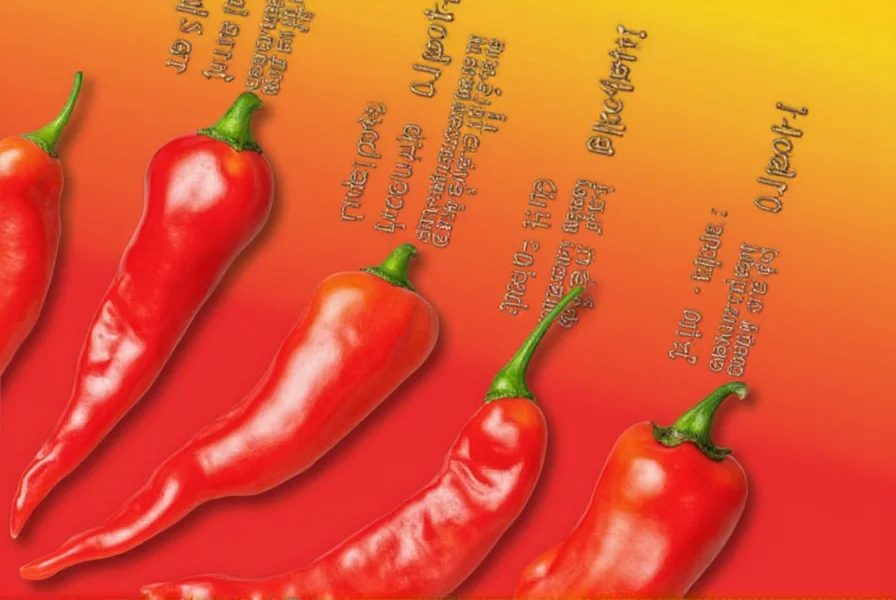
Practical Tips for Handling Hot Peppers Safely
- Always wear nitrile gloves — Capsaicin can cause severe skin irritation and burns. Cotton gloves won't provide adequate protection.
- Avoid touching your face or eyes — Even with gloves, wash hands thoroughly with soap and cold water after handling peppers.
- Use dairy products to neutralize heat — Milk, yogurt, or sour cream contain casein that binds to capsaicin and washes it away. Water spreads the heat and makes it worse.
- Store peppers properly — Fresh peppers should be refrigerated in airtight containers. Dried peppers should be stored in cool, dark places in glass jars.
- Start with milder peppers — If you're new to spicy foods, begin with jalapeños (2,500–8,000 SHU) before progressing to hotter varieties.
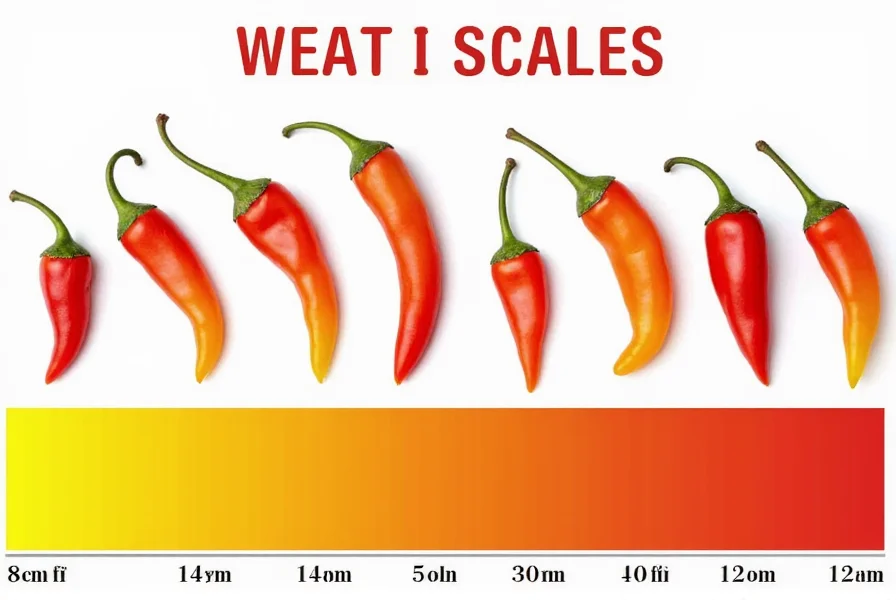
The Ultimate Buying Guide for Pepper Enthusiasts
Fresh Peppers
- Features: Look for firm skin with vibrant color and no soft spots or wrinkles
- Advantages: Maximum flavor and crisp texture; ideal for immediate use in cooking
- Use Cases: Perfect for salsas, stir-fries, and fresh garnishes
- Target Audience: Home cooks who prioritize freshness and versatility
- Suitable Occasions: Weeknight meals, casual gatherings, and fresh cooking projects
Dried Peppers
- Features: Whole dried peppers or flakes; should be free from mold or discoloration
- Advantages: Concentrated flavor and extended shelf life; easier to store and transport
- Use Cases: Excellent for soups, stews, marinades, and spice blends
- Target Audience: Seasoned cooks and meal preppers who enjoy slow-cooked dishes
- Suitable Occasions: Weekend cooking sessions, holiday meals, and large batch preparation
Hot Sauce
- Features: Check ingredient lists for natural ingredients and no artificial additives
- Advantages: Convenient and versatile; easy to add heat to any dish
- Use Cases: Ideal for dipping, drizzling, or adding to sandwiches and tacos
- Target Audience: Busy professionals, students, and casual spice lovers
- Suitable Occasions: Picnics, potlucks, and quick meals when you need instant heat
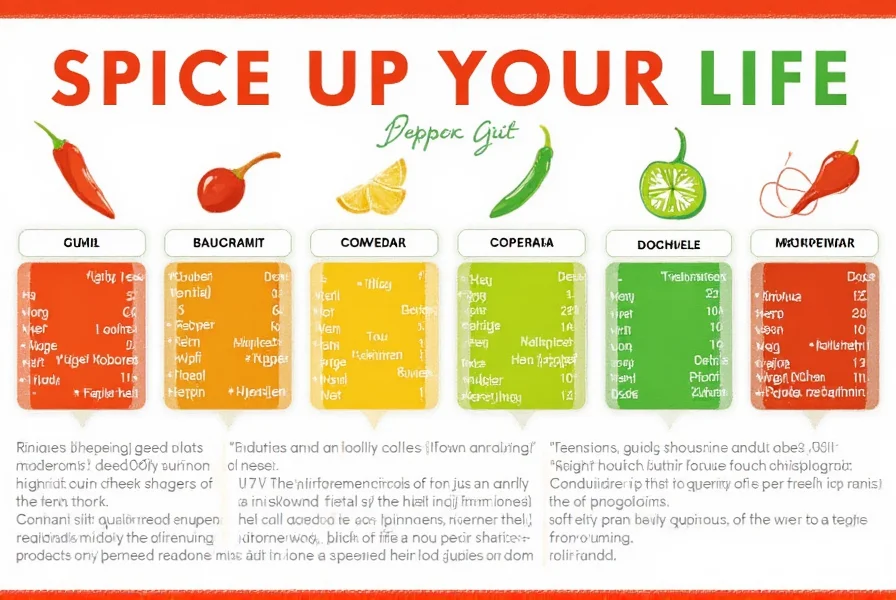
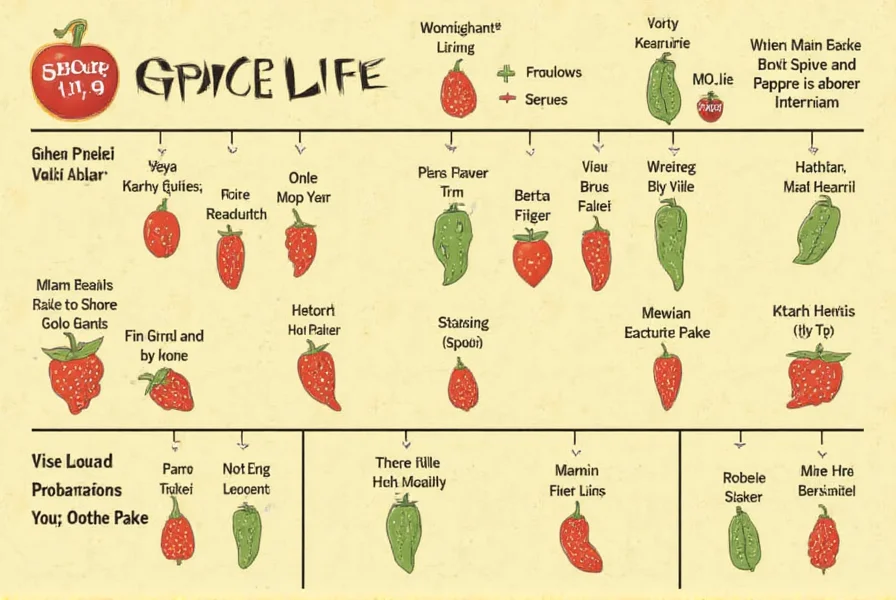
Frequently Asked Questions About Pepper Heat Charts
What's the difference between SHU and Scoville units?
SHU (Scoville Heat Units) and Scoville units are the same measurement. The Scoville Scale quantifies capsaicin concentration in peppers, with higher numbers indicating greater spiciness. The measurement is always expressed in Scoville Heat Units (SHU).
How can I reduce the burning sensation after eating a spicy pepper?
Dairy products like milk, yogurt, or sour cream are most effective at neutralizing capsaicin. The casein protein in dairy binds to capsaicin molecules and washes them away. Avoid water, as it spreads capsaicin and intensifies the burning sensation.
Why do some peppers of the same variety have different heat levels?
Pepper heat varies due to growing conditions including soil quality, climate, water availability, and even the specific plant's genetics. This is why Scoville ratings are given as ranges rather than single numbers. For example, a single Carolina Reaper might measure 1.6 million SHU while another measures 2.2 million SHU.
Are hotter peppers healthier than milder ones?
All chili peppers contain beneficial compounds like capsaicin and vitamin C. While hotter peppers have more capsaicin (which has pain-relieving and metabolism-boosting properties), milder peppers often contain higher levels of certain vitamins and antioxidants. All peppers offer health benefits regardless of heat level.
What pepper should I try if I can handle jalapeños but want something spicier?
If you're comfortable with jalapeños (2,500-8,000 SHU), your next step could be serrano peppers (10,000-23,000 SHU) or cayenne peppers (30,000-50,000 SHU). These offer a noticeable increase in heat while still being manageable for most people who enjoy jalapeños. Habaneros (100,000-350,000 SHU) would be the next level up for those ready for significantly more heat.
Can cooking affect a pepper's heat level?
Yes, cooking affects heat levels. Roasting or grilling can slightly reduce heat by breaking down some capsaicin. However, when making sauces or stews, the heat can become more concentrated as water evaporates. Drying peppers also concentrates their heat. The method of preparation significantly impacts perceived spiciness.
Conclusion: Embrace the Burn with Confidence
Understanding pepper heat charts empowers you to confidently explore the world of spicy foods. By knowing the Scoville ratings and proper handling techniques, you can safely enjoy peppers at your perfect heat level. Whether you're a beginner or a seasoned spice lover, this knowledge will enhance your culinary adventures and help you make informed choices for your taste preferences.

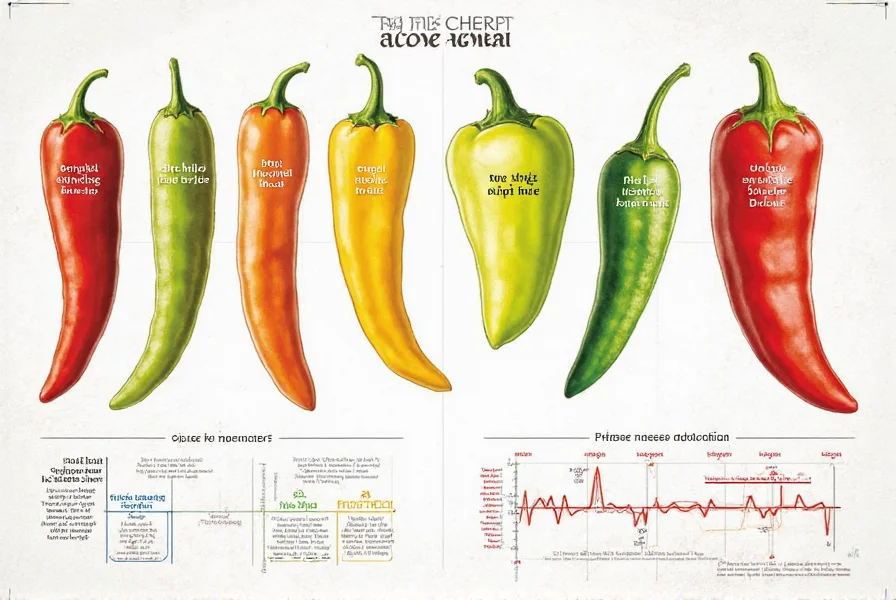









 浙公网安备
33010002000092号
浙公网安备
33010002000092号 浙B2-20120091-4
浙B2-20120091-4